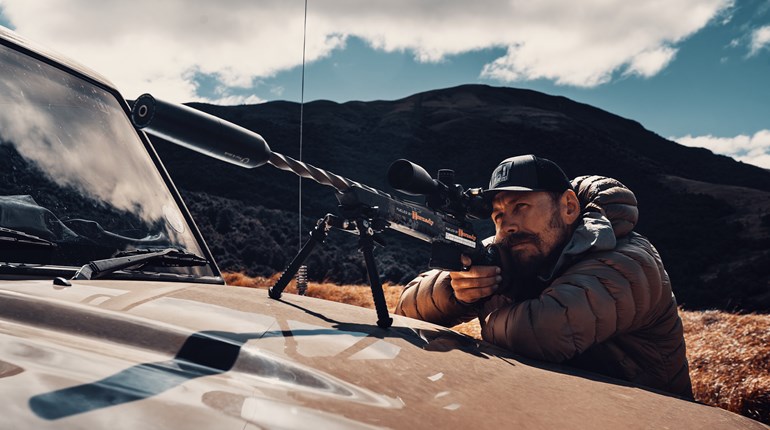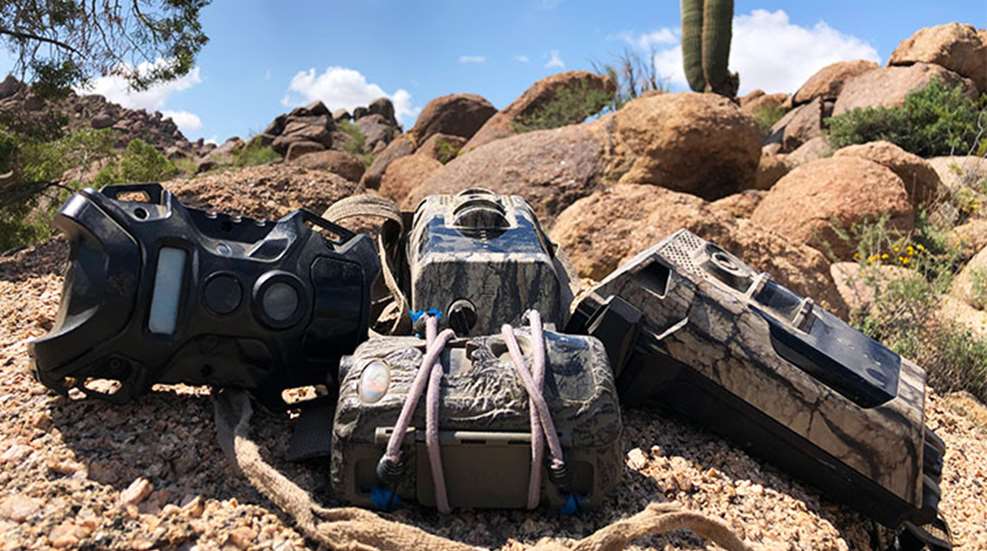
Frustration runs deep in Arizona’s hunters, both those who use and rely on trail cameras, and those who oppose them. It’s a clouded issue, one that has no perfect answer. Did the Arizona Game and Fish Department (AZGFD) make the right decision when they decided to make trail cams illegal for hunting? Only time will tell.
I have friends on both sides of the issue; those who feel that outlawing trail cameras for hunting is an infringement on their rights, and those who desire a higher fair chase ethos, as well as relief from crowding and conflict in the hunting field. Personally, I relate to both sides, enjoying trail cam use, while at the same time resenting the plethora of cameras found in many key public hunting ground spots. I live in Arizona, and hail from Utah; another state where trail camera usage is reaching titanic proportions.
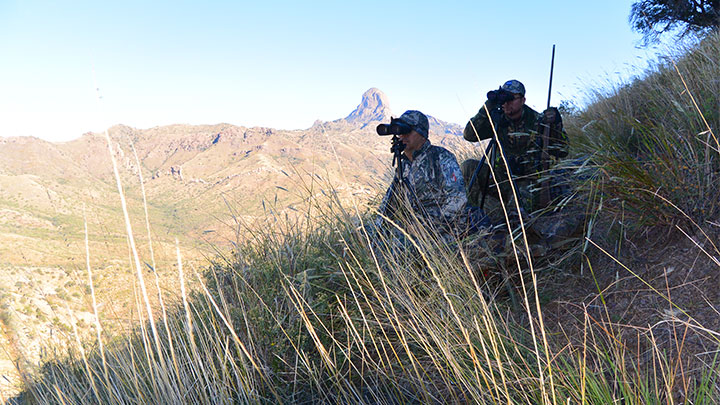
Interested in Arizona’s motivation for taking the “no trail cameras” plunge, I picked up my phone and punched go. Eventually, I was able to interview Larry Phoenix, AZGFD Flagstaff Regional Supervisor and one of the men in charge of orchestrating the bold move to remove trail cams from Arizona’s hunting grounds. Larry was generous enough to answer my questions in detail. Here’s what I learned.
AvB: What were some of the main issues that prompted Arizona to ban trail camera use for hunting? I’ve heard that in-the-field conflict has become a problem. Is that a fact?
LP: Yes, of course. You have hunters set up over a key water source, and then other hunters who are perhaps scouting for an upcoming season come to check their cameras, leave their truck running, check their camera, then get back in their diesel truck and drive away. We’ve even had hunters use the excuse “I need to check my camera” as a way to intentionally disrupt another guy’s hunt. When you’ve waited years to draw a tag and only have a few days to hunt, that becomes a real issue. So there are some ethics there, it’s not law, but people could do better. All this leads to conflict. And that snowball grows; not only are hunters being disturbed, but the non-hunting public, ranchers, campers, hikers and so on. When you approach a water hole and there are half-a-dozen to a dozen cameras taking your picture, it becomes an invasion of privacy.
The modern trail camera has little to no effect on wildlife. But the people out there checking them—that does have an effect on wildlife. Another thing we looked at while considering this issue was the fact that wildlife cannot evade detection when a trail camera is present. It’s impossible for them to remain undetected, and in a sense that violates fair chase ethics. So, all these things have accumulated to influence the Commission to ban trail cameras. And a strong component of Arizona hunters are happy with the trail camera ban. They are not the most vocal, so you don’t hear a lot from them, but a lot of hunters are in favor of the ban.
AvB: I’ve heard there are outfitters in the state with large numbers of trail cameras out. Can you give me a number? I’ve heard that some have over a thousand cameras. Is that actually legitimate?
LP: I think that it is legitimate. We have regular hunters who say that they have 300-plus cameras out. And I’ve heard the number 3,000 cameras (an outfitter). Now, it’s hard to say if he’s embellishing the number because it makes him sound better, or for whatever reason. But that’s what I’ve heard.
AvB: Is there an area in Arizona that is the focal point of this whole problem, or is it fairly widespread across the state?
LP: There are several areas—Arizona Strip, elk unit 10 and a handful of others—that are the epicenter of the problem. The further south you go the less conflict you have. The Commission looked at options such as eliminating trail camera usage just in certain units, or in just the northern portion of the state, but eventually the recommendation came back to ban all camera use. It’s a fair chase issue regardless of where it is; therefore, we’re going to move forward with it statewide.
AvB: So, what prompted a full ban of trail cameras rather than just regulating their use?
LP: We considered regulations such as not allowing cameras around water, or only allowing them during specific seasons. We went through the entire process, public comments and so on. In the end we realized that if we went that route we would be back facing the same issue, so we decided to go with the full ban.
AvB: Fair enough. Now, does the Division have any intention of revisiting this decision in the future? If there was enough pressure from, whatever source, is there a possibility of this law being revoked or changed?
LP: Every five years we consider all public input and comments received during that time. Rules are reviewed every five years. If we received comments pointing out that this issue needed to be revisited, the Article Review team would look it at. A decision would be made based by whatever they determined.
AvB: So, it could potentially be changed, based on the amount of public influence exerted, correct?
LP: Yes, anything can be changed. It’s all part of the hunting laws, and if a push were made, the Commission would look at it and make a decision to leave it the same or make a change.
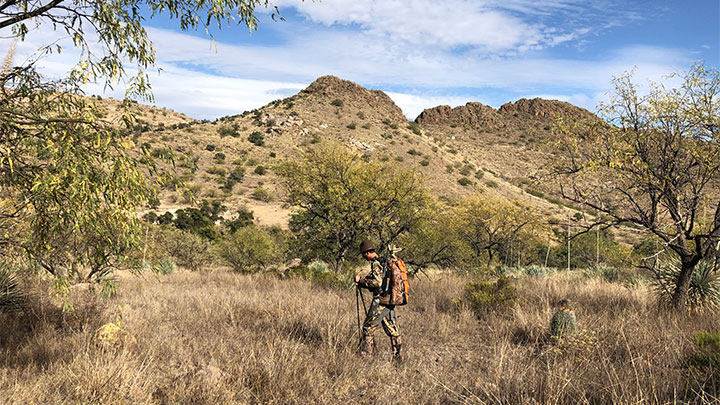
AvB: Makes sense. Okay, moving on: What is the expected long-term effect of the trail camera ban on hunting in Arizona?
LP: In the end, maintaining the ethos of fair chase. We have so much technology that makes us more effective hunters: drones, airplanes, long-range rifles and so on. It’s important to maintain our ethics of fair chase.
AvB: Do you think this will result in a lessening of outfitter pressure and hunting pressure? I can see the potential for it to bring a little peace back to the woods. Is that something that you foresee happening?
LP: It is something that I hope will happen. It’s going to force outfitters and hunters to return to scouting and hunting skills, and that’s a good thing. So yes, I hope that those things change. But the bottom line is, when people are paying $350,000 to $400,000 for a trophy animal, money makes people do things. So that verdict is still out.
AvB: Sure. Okay, next question: What feedback have you received after passing the ban? Primarily positive? Primarily negative? A blend?
LP: I’ve had very little negative feedback since the ban. There are a couple people who felt very strongly, and fought the fight very strongly. And that’s good. But now when people walk up and comment to me about it, it’s usually a “Thank you.” I’ve had a lot of comments saying, “That’s a good thing.”
AvB: What has been the response from outfitters in Arizona?
LP: You know, some of them are adamantly opposed, actively posting on social media and so forth, but we have letters others have written to the Department in favor of the ban, so, it’s across the board.
AvB: And what is your plan to enforce the trail camera ban?
LP: That’s an interesting question, which we are currently working on. You have to remember trail cameras are banned only for the purpose of “take.” They are not banned from being in the woods. There are a lot of good things that can come from using a trail camera; they just can’t be used for take. If John Smith has an elk tag and somebody finds him using a trail camera, it’s going to lead us down a path. And that information comes. On the other hand, a trail camera that somebody put up—they just like to look at the photographs, they don’t have any intention of using it for the purpose of take—there’s no law that’s broken. So, our pathway forward will come through investigation and information that comes to the Department.
AvB: Okay! That pretty well finishes up my questions. Is there anything else you’d like to add?
LP: You know, the bottom line is that for some people it’s a huge change, it’s a pendulum shift to the way they scout. And I understand that. But we’re getting back to what hunting truly should be about: being out in the woods. Hunting is a privilege, and it doesn’t mean killing, it means getting out there. So hopefully this brings us back to true fair chase hunting.
AvB: Sure! Well, I think that wraps up this discussion nicely, and once again thank you very much for your help, Larry, I appreciate your responses and input.
LP: You bet! No Worries!
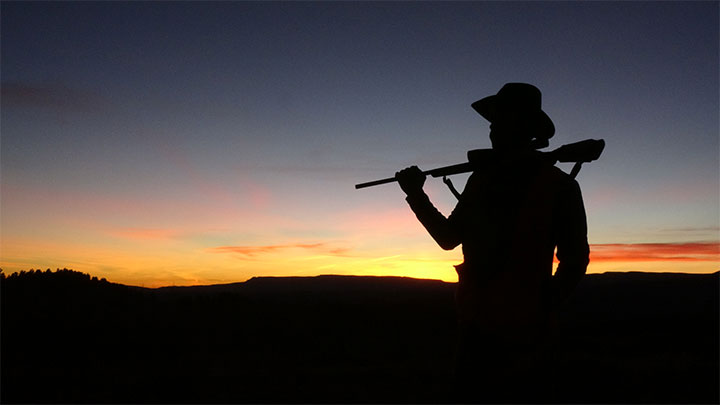
Conclusion
The more I study it, the more complex this issue becomes. Does trail camera use really violate the ethics of fair chase? I think it can, but does not always. Will this help or hurt Arizona’s wildlife? Only time will tell. One thing I am oddly confident of: Hunters themselves will benefit from the ban. Sure, it will be harder to find the biggest buck or bull in the territory. Yes, it will require more time scouting tracks and glassing game. But to my way of thinking, that is a good thing. Let’s take time to watch the sun set from a vantage point, enjoy a morning glassing session with a young hunter and scout up a big buck or bull the old-fashioned way.













